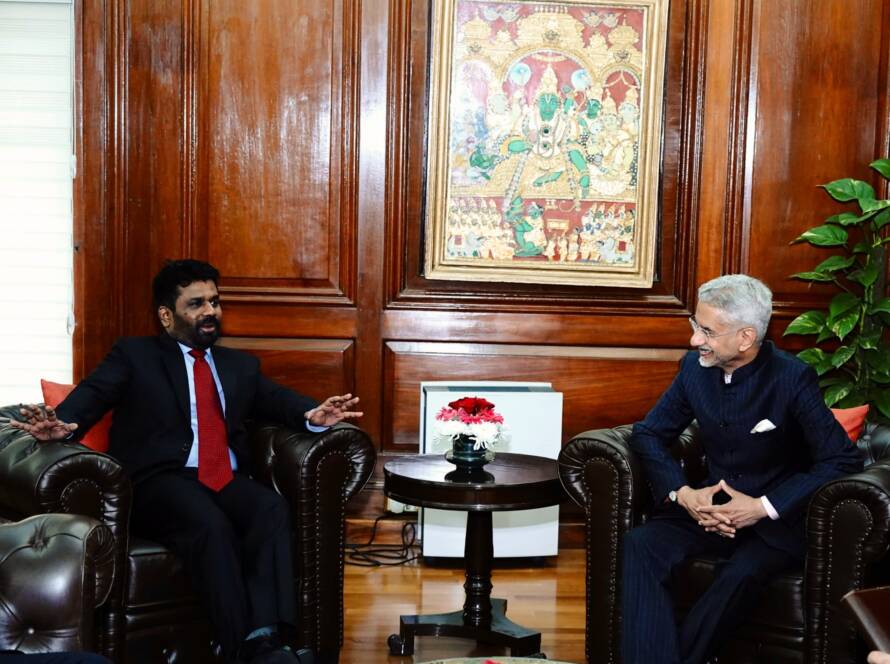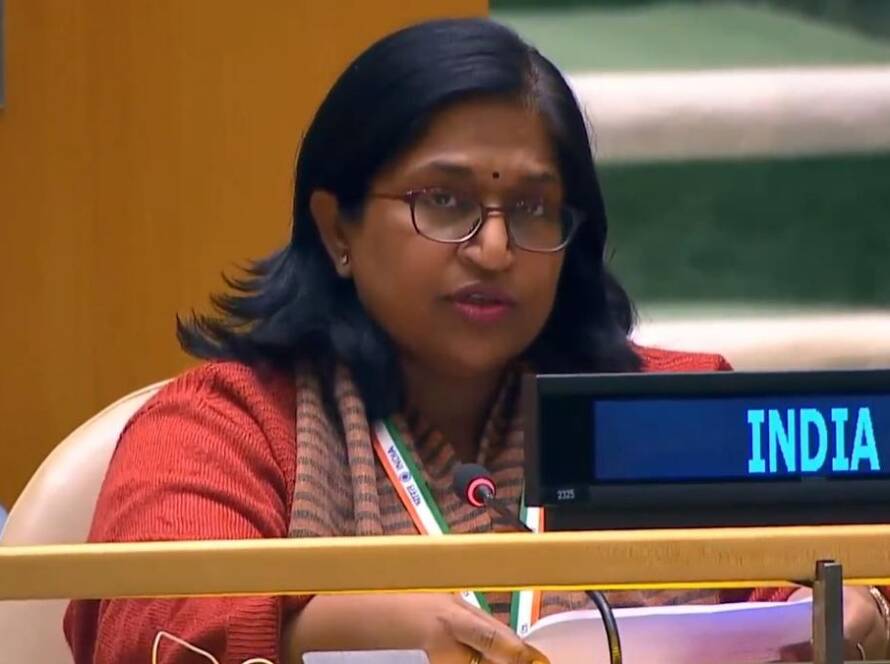By Dr Ranga Kalansooriya and Zeenath Ayub

Caption: Then Philippines President Ferdinand Marcos, wife Imelda Marcos with President Ronald Raegan in the White House 1981
Sri Lanka’s economy is in shambles. Exacerbating this is a political deadlock between President Gotabaya Rajapaksa and his brother and Prime Minister Mahinda Rajapaksa who are exchanging pleasantries over who should heed to public calls and resign first. The anti-government protestors want all Rajapaksas to step down over mismanagement of the economy, corruption and impunity. India’s has rendered the biggest support to Sri Lanka. Whatever the outcome, it is in Sri Lanka’s interest to learn from international best practices on repatriating ill-earned national wealth. Failure to do so could put Sri Lanka in a Philippines-like situation where this year, the son of corrupt President Ferdinand Marcos who fled the country to Hawaii in 1986 amid public protests under a US brokered deal, is likely to be elected President – nearly 36 years after the Philippines chasing way the Marcos.The post-Marcos era paved the way for formidable policy making.
First among them was reversal of a martial law ordered by Ferdinand Marcos to quell student demonstrations which had turned violent. There was a strong lobby for reforms from a number of communist and socialist groups. The martial law dealt a severe blow to the Philippines economy as it paved way an atmosphere of nil accountability which resulted in Philippines becoming the top borrower in the region.
Most of the borrowed money was used to expand on infrastructure and promote tourism. This is welcome, many would say but the irregularities in spending the money resulted in a decline in Philippines’ Gross Domestic Product (GDP) in comparison to the other Southeast Asian nations. Similar to Sri Lanka, inflation skyrocketed and the country’s foreign reserves plummeted to unprecedented levels.
The Marcos regime faced massive public uprising cited as the People Power Revolution not only because of corruption. The regime was known for human rights abuses including the fatal shooting of Benigno Aquino Jr at the Manila Airport tarmac in 1983 after he returned from political exile in US. This intensified the public protest and forced Marcos, his beauty queen wife and his family to flee, but not without hundreds of crates of money, jewelry and property deeds on a US Air Force plane ordered by then President Ronald Raegen.
His widow, Corazon Aquino succeeded Marcos and took over an ailing economy which had caused socio-political disasters. She wasted no time in building the country’s international image, pursuing debt repayments, halting some of the major cosmetic infrastructure projects and pushing for privatization of many of government institutions. Years after, the Philippines economy was able to witness a gradual growth and the restabilization of the political situation landscape.
One failure in recovering Philippines was not robustly pursuing repatriation of Marcos’ wealth. Much of the near 13.5 billion dollar wealth Marcos plundered from the people of Philippines was not returned. However, his son Bonbong Marcos is returning to the Philippines 36 years after the family disgracefully fled, to sweep an election most analysts say he will win this year. The Philippines GDP is approximately 373 billion dollars, over four times that of Sri Lanka. The country may never recover the plundered wealth, perhaps also because the international political and financial systems make repatriation difficult unless it involves money from states or leaders facing sanctions or it serves hidden agendas.
Closer to home, India in 1991 faced its worst economic crisis following a massive depletion in its foreign reserves. The $6 billion of FOREX reserves at the time had been sufficient only to service two weeks of imports. The worsening fiscal deficit and high levels of foreign debt added more misery.
Just like in present Sri Lanka, India’s inflation had hit double digits making everyday life for the common man a tough struggle. Many Indians took to the streets as the current account deficit clocked 2.5-3.1% of GDP making it unsustainable. A balance of payment crisis ensued due to weakening investor confidence brought on by the political uncertainty following the introduction of three coalition governments and three Prime Ministers between 1989 and 1991.
Prudent policy planning rescued India. Then prime minister, Narasimha Rao appointed Dr. Manmohan Singh as the finance minister. He led India through various economic reforms including devaluating the rupee. Dr Singh also introduced structural reforms in trade policy to boost the country’s exports and a new industrial policy that relaxed the provisions in Monopolies and Restrictive Trade Practices Act hence ending the public sector monopoly in many sectors.
India’s economy although not comparable to Philippines or Sri Lanka, has withstood many an external shock. PM’s Rao’s decision to bring an economist such as Dr Singh and allowing him to do what was needed with minimal political intervention paved way for consistent policy making in which Dr Singh placed India’s recovery first. Sri Lanka is not that lucky given the circumstances. No matter that the levels of support can be, poor policy, fiscal indiscipline, lack of financial accountability and corruption got Sri Lanka to the status quo. There is no magic in fixing the crisis than with consistent policy which builds trust deficits with international and bilateral donors.
(Dr Kalansooriya is media analyst in Asia, former Director General of Information of the Department of Government Information in Sri Lanka and a former diplomat. He can be reached via rkalansooriya@gmail.com)
(Zeenath is a student researcher at Factum and is reading for her B.A. in Social Sciences at the Open University of Sri Lanka. She can be reached via zeenathayub20@gmail.com)
******
Factum is an Asia-focused think tank on International Relations, Tech Cooperation and Strategic Communications based in Sri Lanka accessible via www.factum.lk


